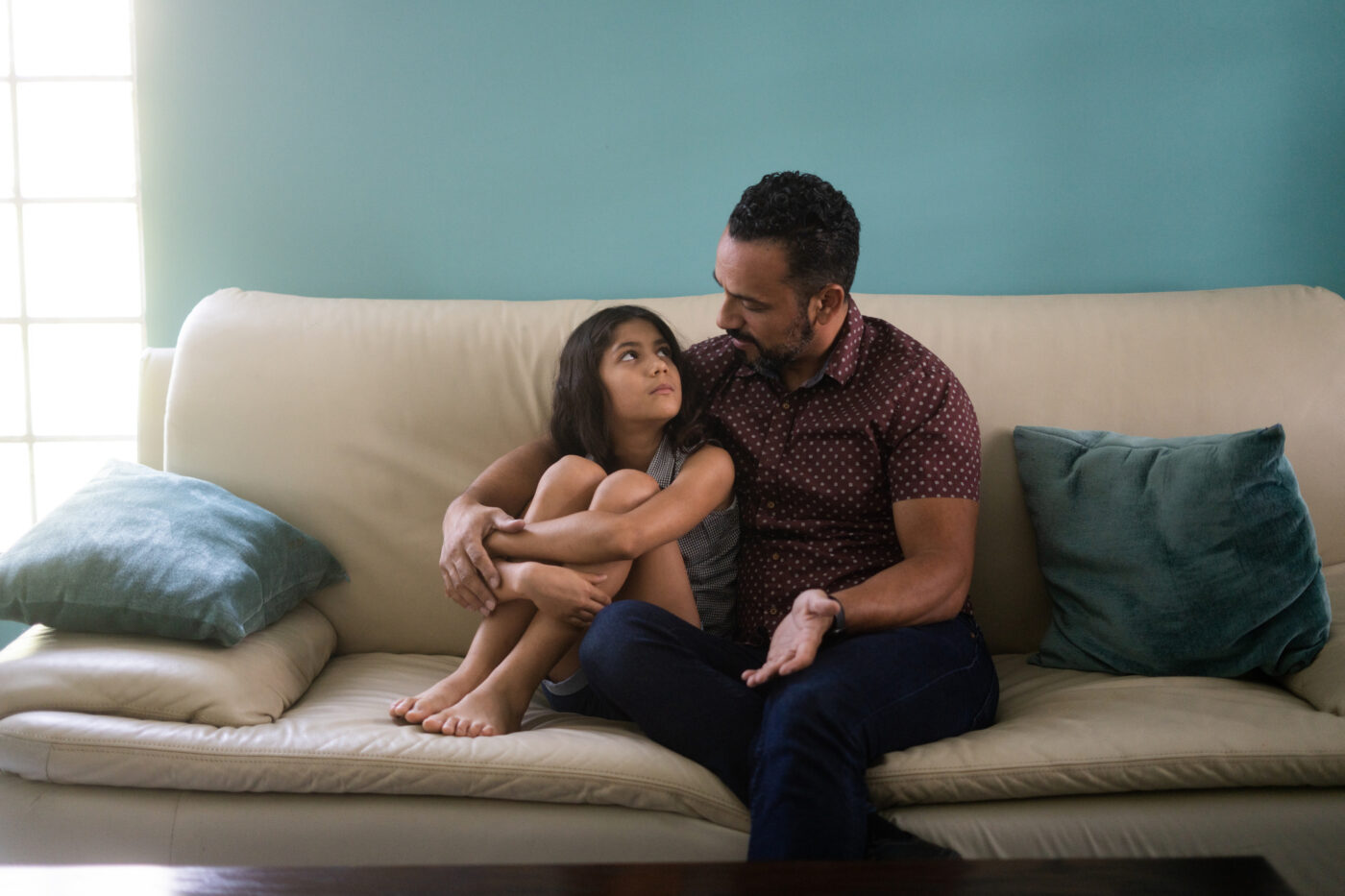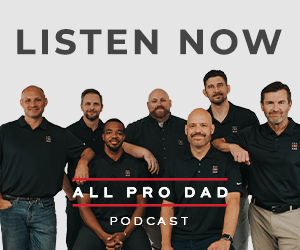Many of us think of boundaries as the lines on a sports field. They mark the line that you don’t cross to avoid going out of bounds, stopping the game, or getting penalized. Boundaries in healthy relationships can be understood in much the same way. It’s like drawing a line that you don’t want someone to cross and telling them it is not OK to treat you a certain way, and it works both ways. In relationships, that might sound something like “I want you to stop calling me that nickname; I don’t like it” or “I don’t want you to touch me that way.”
It’s important for your kids not only to set boundaries for themselves but also to respect the boundaries that others set. As dads, you can help guide your kids down this path and set an example for them. Teaching boundaries to your kids will help them have good and healthy relationships. Here are 5 things to teach your kids when helping them understand boundaries.
1. Ask what needs to be different.
Before setting a boundary, your child needs to figure out what needs to change. Have kids think about what feels bad and what they wish wouldn’t happen anymore. Getting clarity is the first step to setting boundaries.
2. Make the message clear.
If you are setting a boundary with others, they should know exactly what you want and don’t want. It is important to use clear and firm language, not words like “maybe,” “it would be nice if,” or “I think.” Each of these examples water down what’s being asked.
3. Be consistent and follow through.
This can be hard. After a boundary has been set, it may or may not be respected by others, and you may have to protect your boundary. If someone continues to disrespect the boundary, it’s important to let him or her know every time that it’s not OK.
4. Treat others how you want to be treated.
A way to help other kids understand something is to model it. If your kids want people to respect their boundaries, then they need to respect the boundaries of others. It is important to teach your kids to respect boundaries and not be a boundary violator. Boundary setting and respecting go two ways.
5. Remember NO means NO.
Everyone has a right to set boundaries. Sometimes other people’s boundaries won’t make sense to your child. Just because something may not seem like a big deal to your kid doesn’t mean it isn’t a big deal for someone else. If someone sets a boundary with your kids, it is not OK for your kids to try and find a way around it. Respect for boundaries is a two-way street.
Sound off: What is the most challenging aspect of teaching boundaries to your kids?











Huddle up with your kids and ask, “What do you do when someone does something that you don’t like?”